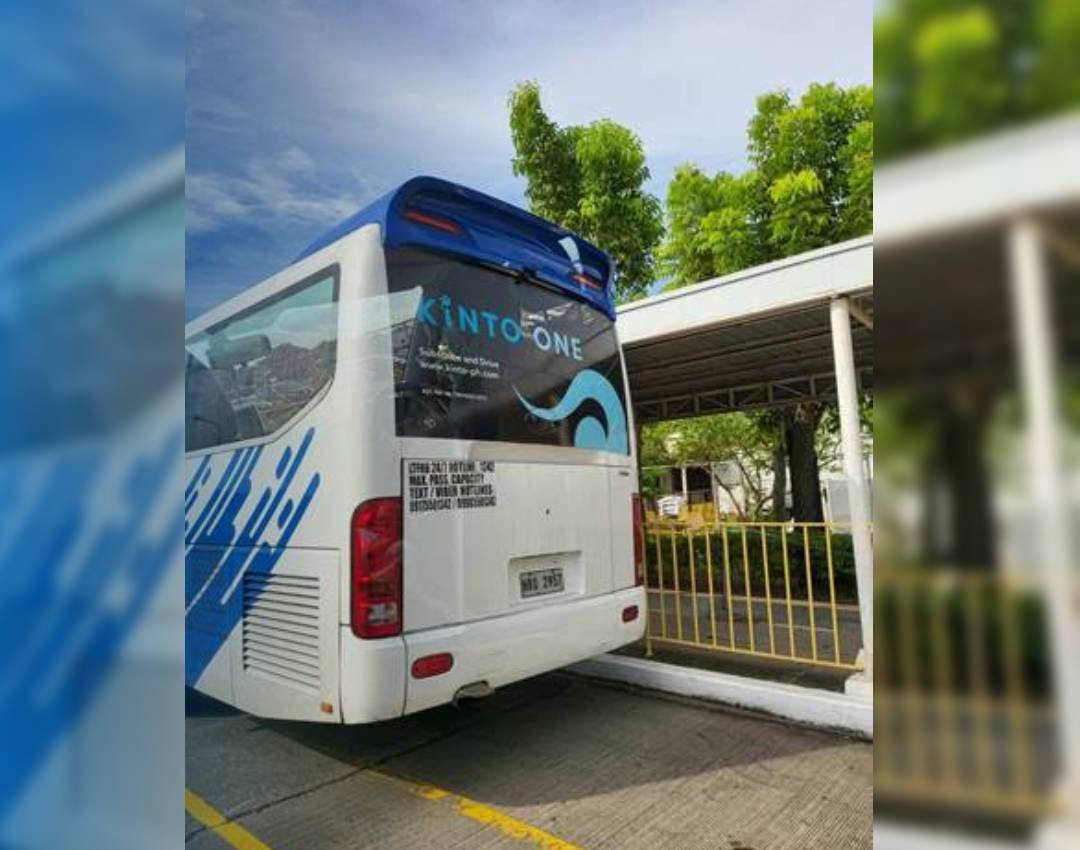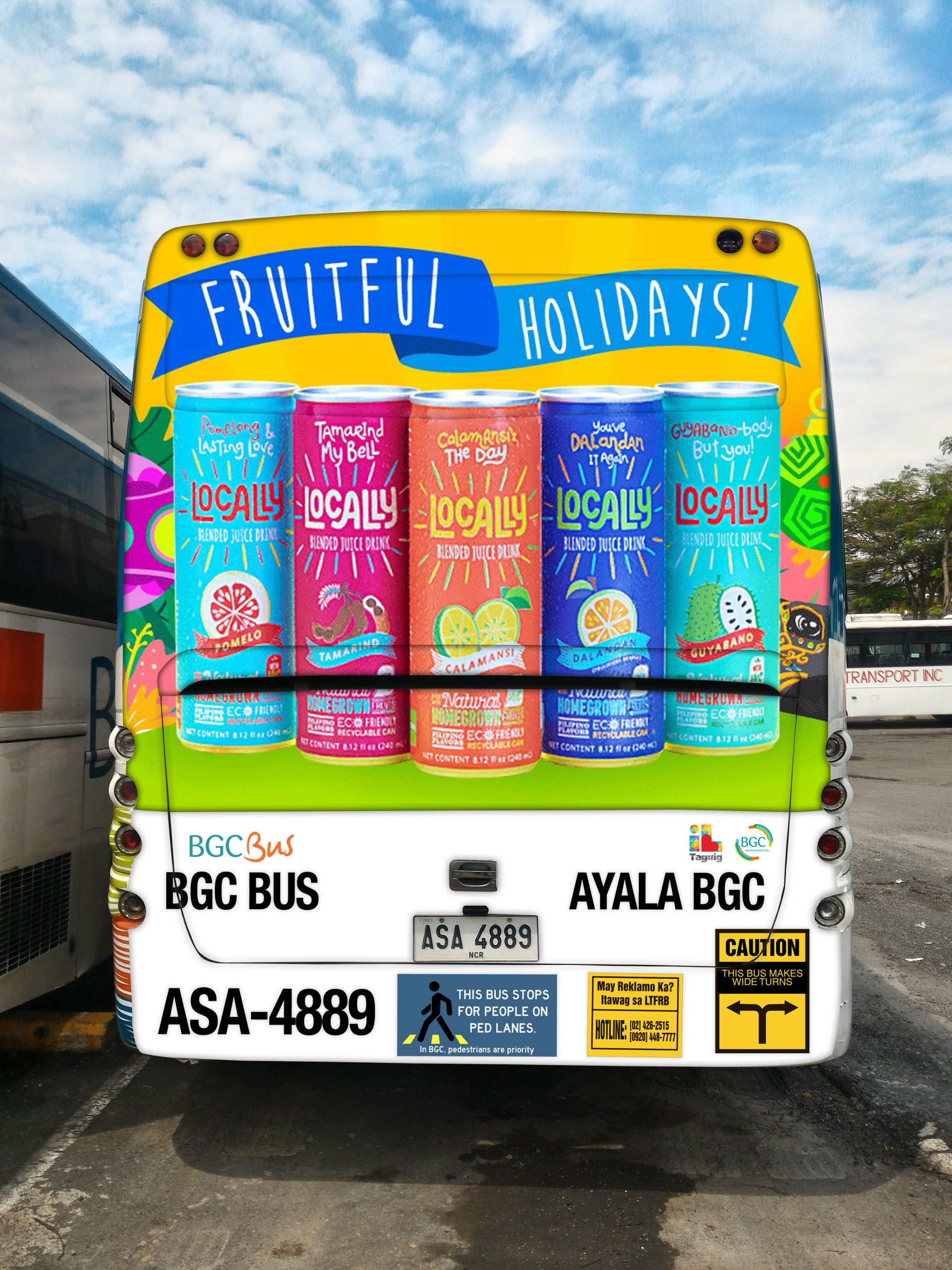How Transportation Marketing Can Transform Mass Transit Spaces Into Dynamic Marketing Operatings Systems
Transportation marketing holds considerable potential to redefine mass transit areas into vibrant advertising platforms that educate and involve. By using innovative styles such as interactive kiosks and electronic display screens, brand names can not only get to a varied audience but also boost the overall traveler experience. This method creates an one-of-a-kind opportunity for brand names to link with customers in a setup that is typically ignored. As we explore the diverse advantages and progressing techniques of transit advertising, it increases the inquiry of exactly how this makeover can redefine our communications with both brands and the city setting.
Advantages of Transportation Marketing

Additionally, transit marketing is very cost-efficient contrasted to standard media. It allows marketers to achieve high impacts at lower prices, maximizing roi. The captive target market of commuters gives a chance for brand names to convey their messages to people who are usually receptive throughout their traveling times.
Moreover, the dynamic nature of transportation advertising enables projects to be updated often, making certain that messaging stays pertinent and timely. This flexibility can be crucial in reacting to market fads or promotional events, maintaining the brand name top-of-mind for consumers. Finally, the prevalent existence of transportation advertising and marketing adds to brand recall; repeated direct exposure within acquainted traveling contexts reinforces brand understanding and promotes customer commitment, ultimately improving and driving sales brand name online reputation.
Types of Transit Marketing
Mass transit systems provide different layouts for advertising and marketing, each satisfying different marketing techniques and audience interaction techniques. One famous kind is outside bus and train wraps, which cover the entire automobile and produce a mobile signboard impact, permitting high exposure in metropolitan atmospheres. These wraps can catch attention as they traverse busy streets, reaching a varied target market.
One more preferred layout is indoor marketing, which includes posters, digital displays, and ads on transit seats. These positionings involve travelers during their journey, enhancing brand name messaging in a restricted space. Digital presents, in certain, provide the advantage of vibrant material, enabling marketers to upgrade messages in real-time.
Station advertising is additionally significant, featuring posters, banners, and interactive stands within transportation stations. These advertisements take advantage of foot traffic and can target certain demographics based on location.
Lastly, marketing collaborations with transportation authorities can cause one-of-a-kind projects, such as themed transportation experiences or events, improving the total involvement with commuters. Each kind of transit advertising provides distinct advantages, enabling brands to customize their technique to effectively reach their target market within the public transport community.
Engaging Travelers Effectively
Travelers are increasingly swamped with advertising and marketing messages during their day-to-day travels, making it vital for brand names to involve them in cutting-edge methods. To record interest in this jampacked space, advertisers have to prioritize imagination and importance. Using appealing visuals visit this web-site and concise messaging can dramatically improve the chance of engagement.
Interactive elements, such as QR codes or enhanced fact attributes, can also transform static advertisements right into immersive experiences, fostering a deeper connection with the audience. Brands must concentrate on resolving travelers' interests and requirements, tailoring messages to resonate with their lifestyle, whether through promotions for local companies or services created to improve their commuting experience.
Additionally, timing plays a critical duty; purposefully positioning advertisements throughout optimal travelling hours can make the most of visibility and impact. Engaging commuters efficiently likewise involves leveraging social media integration, allowing guests to share their promos or experiences directly from transit systems, thus enhancing brand reach.
Fundamentally, reliable interaction hinges on understanding the commuter trip and producing compelling, interactive, and pertinent advertising experiences that not just capture focus however likewise drive action and commitment. By doing so, brands can transform mass transit into a dynamic marketing platform that reverberates with its target market.

Measuring Advertising Influence
Exactly how can brands accurately examine the efficiency of their ad campaign in transit atmospheres? Measuring the influence of transit advertising and marketing needs a multifaceted strategy that integrates measurable and qualitative metrics. One widespread approach is tracking involvement through mobile analytics, where brand names can analyze foot website traffic patterns and app communications before, throughout, and after campaigns.
Surveys can give useful understandings into brand name recall and consumer belief, allowing brands to determine how well their messages reverberate with commuters. Furthermore, monitoring social networks involvement related to certain projects can reveal changes in public assumption and brand discussion.

In addition, teaming up with transportation companies can enhance dimension precision, as they typically possess detailed market data on ridership patterns. By incorporating these techniques, brand names can create a detailed understanding of their advertising efficiency, making certain that their campaigns not just reach but also impact their target audiences successfully.
Future Fads in Transportation Advertising And Marketing
A substantial change is prepared for en route marketing as technological developments and altering consumer behaviors improve the landscape. Transit Advertising Philippines. The assimilation of interactive media and digital displays is anticipated to boost interaction, enabling brands to supply vibrant material that resonates with diverse target markets. As mass transit systems embrace smart modern technology, marketers will leverage real-time information analytics to customize messages based upon passenger demographics and behaviors
In addition, boosted truth (AR) is poised to change the method commuters connect with ads. By offering immersive experiences, AR can transform an ordinary journey right into an appealing story that catches attention and cultivates brand loyalty. This technology will likely motivate advertisers to develop more experiential projects that drive consumer communication.
Sustainability is one more crucial fad influencing transportation marketing. As environmental awareness grows, brand names this contact form will significantly look for to align with eco-friendly techniques, utilizing lasting materials and advertising green campaigns within their projects.
Verdict
To conclude, transit marketing supplies significant benefits by boosting brand presence and engaging a restricted audience. With numerous styles, such as exterior covers and digital displays, it changes public transport into a vivid advertising system. Effective interaction techniques and durable dimension methods additionally amplify its effect. As fads develop, the possibility for innovative interactions in between travelers and brand names is positioned to grow, making sure that transportation advertising and marketing remains a crucial part of modern marketing techniques.
Transit advertising holds significant potential to redefine public transport areas into lively marketing platforms that involve and educate. The prevalent visibility of transit advertising adds to brand name recall; repeated direct exposure within acquainted travel contexts reinforces brand name understanding and fosters customer loyalty, ultimately improving and driving sales brand reputation.
Just how can brands properly evaluate the effectiveness of their advertising and marketing campaigns in transportation atmospheres?In conclusion, transportation advertising supplies considerable advantages by improving brand exposure and engaging a restricted audience. Transit Advertising Philippines. As patterns evolve, the possibility for ingenious communications between travelers and brands is positioned to grow, making sure that transit marketing remains a crucial component of contemporary marketing techniques